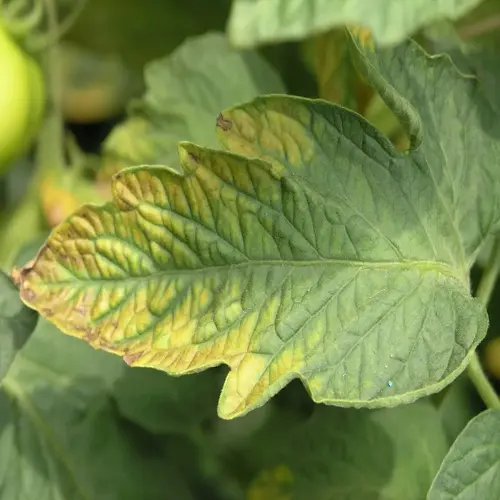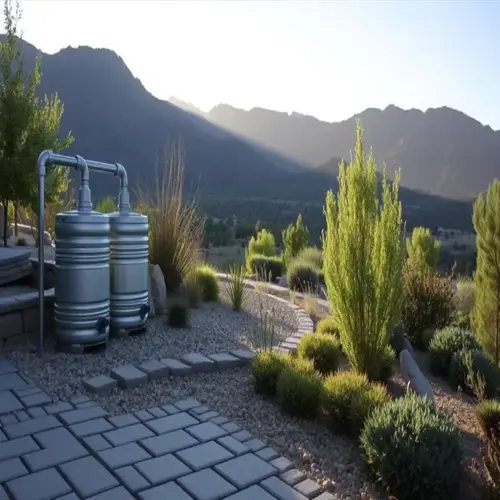How can I tell if my roses need fertilizer?

Written by
Michael Sullivan
Reviewed by
Prof. Samuel Fitzgerald, Ph.D.Yellow leaves tend to indicate a nitrogen deficiency. Purple tints indicate a phosphorus deficiency. Weak stems and tiny flowers indicate a potassium deficiency. Your roses send you signals through visuals; they picture their needs for you. I learned this while diagnosing my award-winning hybrid teas. Observing and using caution helps to prevent overfeeding and underfeeding.
Assess new growth in comparison to established canes. Normally healthy canes should be pushing 6-12" of growth per month of peak season. If they produce fewer flowers than I expect, there is a nutrient imbalance. I would recommend keeping monthly bloom counts. My gardening journal uncovered a pattern that needed correction after three years of observation.
Nitrogen Shortage
- Uniform yellowing starts on older leaves first
- Reduced growth rate and smaller leaf size
- Apply fish emulsion or balanced 10-10-10 fertilizer
- Improves within 7-10 days after correction
Phosphorus Deficiency
- Purple or bronze discoloration on leaves and stems
- Delayed flowering and poor root development
- Use bone meal or bloom booster (5-10-5 formula)
- Recovery visible in new growth after 2 weeks
Potassium Need
- Brown scorched leaf edges curling upward
- Weak stems bending under bloom weight
- Apply potash or kelp meal around drip line
- Strengthens cell walls within 10-14 days
Complete the scratch test each month- Simply take your thumbnail and scrape back the bark on a stem section. Healthy canes will show bright green, moist tissue that lies just beneath the surface. If you scrape back and see dry or brown layers, you may have bigger problems below the surface. This test is fast - in seconds, you'll see how well your plant is doing.
Soil testing can yield definite answers. Collect samples from a depth of 6-8 inches around drip lines. Send to extension services for testing at no additional charge. I test every spring. The results indicate the exact amendments to use, thereby preventing the guesswork of visually diagnosing.
Regional influences affect deficiency patterns. Acid soils typically have low calcium levels, while sandy soils tend to deplete nitrogen quickly. Know your soil. My own clay soil retains nutrients well, but I have to add additional sulfur to balance pH. Tailor to the needs of your garden.
Read the full article: When to Fertilize Roses: Complete Guide

